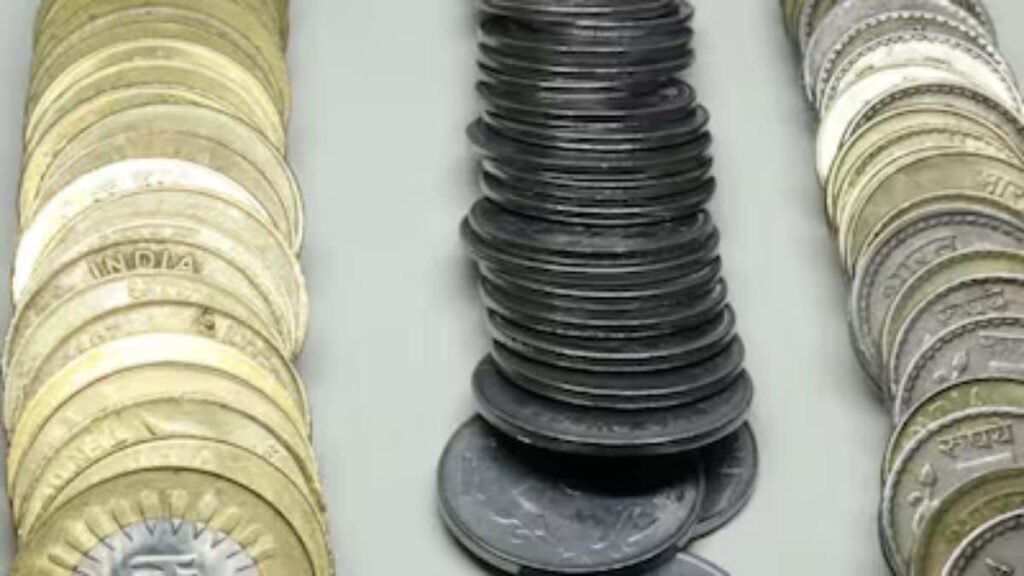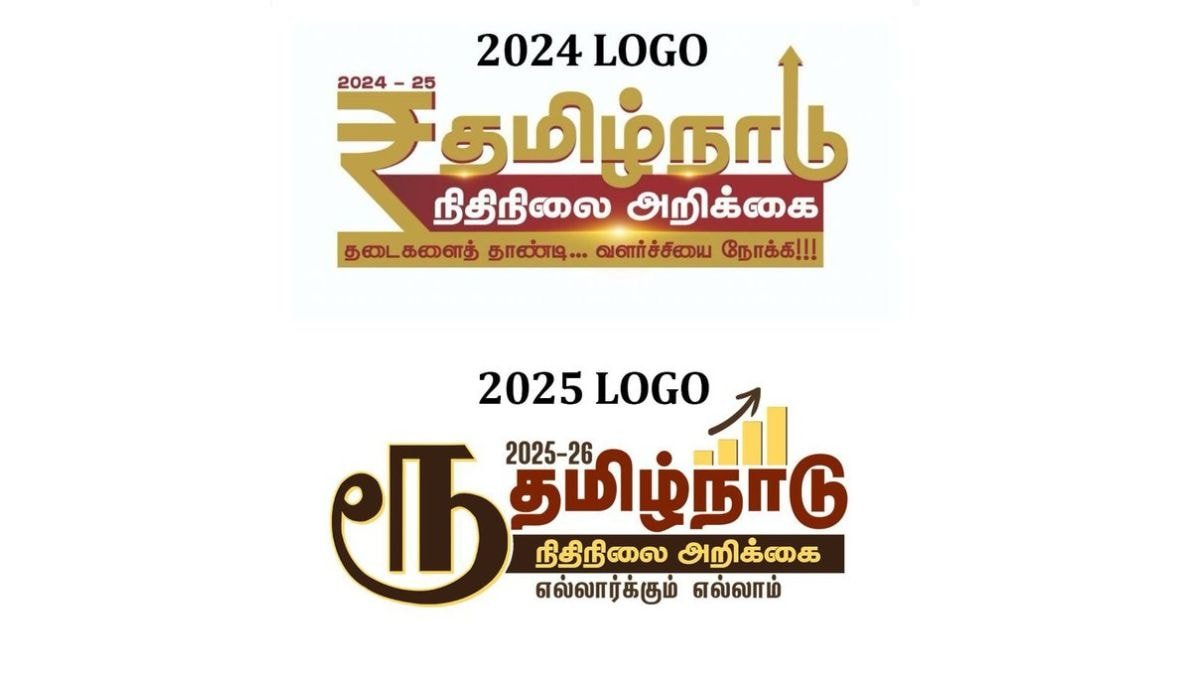On August 19, 1757, the East India Company minted its first rupee coin in Kolkata. The Company established the Calcutta Mint after signing a treaty with Nawab Siraj-ud-Daula. Initially, the mint produced gold and silver coins under the Nawab’s authority. Over time, production increased
On August 19, 1757, the East India Company issued its first rupee coin in Kolkata. The Calcutta Mint was set up by the Company after a treaty with the Nawab of Bengal.
The rupee coins, known as the ‘sicca’, were used as legal currency across Bengal.
Also on this day in 1991, Mikhail Gorbachev, who served as general secretary of the Communist Party of the Soviet Union from 1985 to 1991 and as president of the Soviet Union from 1990 to 1991, was briefly removed from power in a coup led by communist hard-liners.
As part of Firstpost Explainers’ History Today series, here’s a look at what happened on August 19:
First Indian rupee coin minted
The first rupee coin of the East India Company was minted in Kolkata on this day in 1757.
The Company set up the Calcutta Mint after signing a treaty with Nawab Siraj-ud-Daula.
Known as the ‘sicca’, these coins were accepted as legal tender in Bengal.
At first, the mint produced gold and silver coins under the Nawab’s authority. Over time, production increased.
In the 1780s the mint was expanded with new facilities to put the ‘sicca’ rupee into wider circulation.
A single coinage system for India was introduced only in 1835. Before that, the presidencies of Madras, Bombay and Bengal, each under Company rule, issued their own coins.
Today, coins are minted at four government mints: Mumbai, Alipore (Kolkata), Saifabad (Hyderabad), Cherlapally (Hyderabad) and Noida (Uttar Pradesh).
Attempted coup against Gorbachev
On this day in 1991, a coup against Soviet leader Mikhail Gorbachev was launched by hard-line communist members of the government and military.
However, the coup was poorly organised. Its leaders reportedly spent much of their time arguing among themselves and, as some accounts suggest, drinking heavily, instead of focusing on gaining public backing.
Even so, they placed Gorbachev under house arrest and asked him to step down as leader of the Soviet Union.
Many Western analysts expected the US, under President George Bush, to step in, but were surprised at Washington’s cautious response.
At the time, Bush’s team was debating whether Gorbachev’s influence was waning and if American support should instead shift to Russian President Boris Yeltsin.
Yeltsin’s standing grew as he openly condemned the coup and rallied public resistance through strikes and street protests. With most of the Soviet military unwilling to back them, the coup leaders abandoned their attempt, which collapsed on August 21.
This Day, That Year
1934: Nearly 90 per cent of German voters backed a referendum that gave Adolf Hitler the title “Führer und Reichskanzler” (“leader and chancellor”).
1960: Russia launched Sputnik 5, the first spacecraft to send animals into space and bring them back alive. Its passengers included two dogs, a grey rabbit, 40 mice, two rats and 15 flasks of fruit flies.
1980: All 301 people on board Saudia Flight 163 died when the plane caught fire and made an emergency return to Riyadh airport.
2004: Google Inc. raised 1.66 billion dollars in its initial public offering.
2010: The last American combat brigade left Iraq, seven years and five months after the US-led invasion began the Iraq War.







